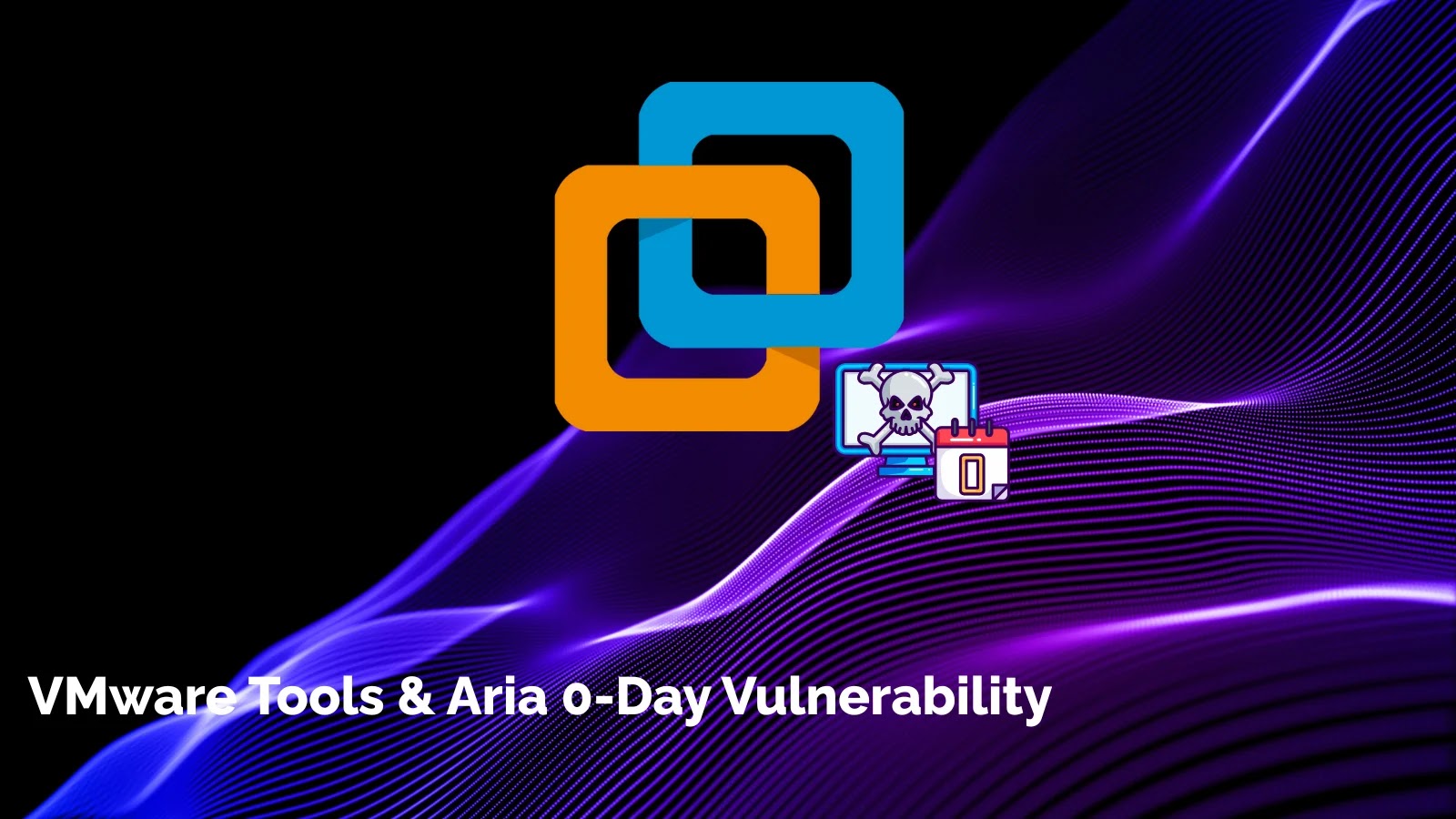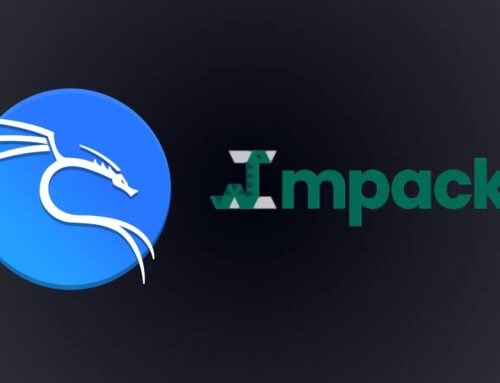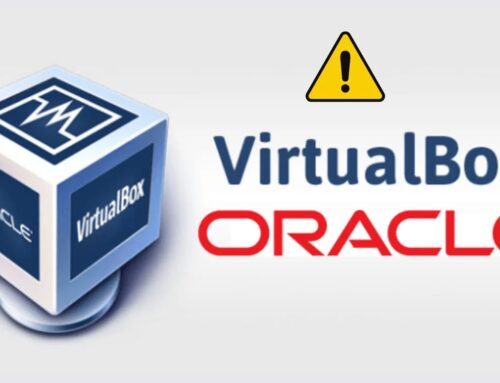
VMware Tools and Aria 0-Day Vulnerability Exploited for Privilege Escalation and Code Execution
A silent threat has emerged from the shadows of virtualized environments, demanding immediate attention from IT professionals and cybersecurity practitioners alike. A zero-day local privilege escalation vulnerability affecting widely used VMware Tools and VMware Aria Operations is being actively exploited in the wild. This isn’t a theoretical risk; it’s a present danger allowing attackers to bypass critical security controls and gain full root-level control over compromised systems.
Understanding the VMware 0-Day Vulnerability: CVE-2025-41244
On September 29, 2025, Broadcom disclosed a critical zero-day local privilege escalation flaw, now identified as CVE-2025-41244. This vulnerability resides within VMware’s guest service discovery features, a component designed to facilitate communication and management between the host and guest operating systems in virtualized environments. While its intended purpose is benign, this specific defect opens a severe security hole.
The core of the issue lies in how VMware Tools and Aria Operations handle certain operations, allowing an unprivileged local attacker to elevate their privileges to root. This means even if an attacker initially gains access with low-level user permissions, they can exploit CVE-2025-41244 to seize complete control of the system, bypass security mechanisms, and execute arbitrary code. The active exploitation in live environments underscores the severity and urgency of addressing this critical flaw.
Impact of Privilege Escalation and Code Execution
A successful exploitation of CVE-2025-41244 grants an attacker significant power within a virtualized system. The implications are far-reaching:
- Data Exfiltration: With root access, an attacker can access, copy, modify, or delete any data stored on the compromised system.
- System Compromise: Attackers can install malware, rootkits, or backdoors, establishing persistent access and potentially moving laterally within the network.
- Service Disruption: Critical services and applications running within the virtual machine can be shut down or tampered with, leading to significant operational disruption.
- Stealth and Evasion: Elevated privileges allow attackers to disable security tools, delete logs, and implement other measures to evade detection and maintain their presence.
- Gateway to Network: A compromised VM can serve as a jumping-off point to attack other virtual machines, hosts, or network infrastructure.
The fact that this vulnerability is being actively exploited means that organizations leveraging affected VMware products are currently at heightened risk of serious cyber incidents.
Affected VMware Products
Based on the disclosure, the primary products affected by this 0-day vulnerability are:
- VMware Tools: A suite of utilities that enhances the performance and management of guest operating systems running in a virtual machine. Many virtualized environments depend heavily on VMware Tools for optimal operation.
- VMware Aria Operations: A comprehensive platform for intelligent operations management across private, hybrid, and multi-cloud environments. Its broad reach implies that compromise could impact extensive infrastructure.
Organizations must identify if they are running these specific versions or components within their infrastructure to assess their exposure to CVE-2025-41244.
Remediation Actions for VMware Tools and Aria Operations
Given the active exploitation of CVE-2025-41244, immediate action is paramount. Follow these steps to mitigate the risk:
- Apply Patches Immediately: Monitor Broadcom’s official security advisories for the release of patches addressing CVE-2025-41244. Apply these updates to all affected VMware Tools installations and VMware Aria Operations deployments across your infrastructure without delay.
- Isolate Critical Systems: Where immediate patching is not possible, consider isolating critical virtual machines and segments that utilize VMware Tools or Aria Operations to limit potential lateral movement.
- Strengthen Access Controls: Enforce the principle of least privilege for all users and services interacting with virtual machines and VMware management interfaces. Review and restrict local user permissions.
- Monitor for Anomalies: Increase monitoring for unusual activity on virtual machines, particularly those running VMware Tools. Look for unexpected process creation, privilege changes, file access, or network connections.
- Review VMware Guest Service Discovery: Evaluate the necessity of the guest service discovery features within your environment. If not strictly required, consider disabling or restricting its functionality as a temporary workaround until patches are applied.
- Regular Backups: Ensure you have recent, verified backups of all critical systems and data, stored securely and offline if possible. This is crucial for recovery in the event of a successful exploitation.
Tools for Detection and Mitigation
Leveraging appropriate tools can help assess your risk and aid in detection efforts:
| Tool Name | Purpose | Link |
|---|---|---|
| VMware Security Advisories | Official source for vulnerability details and patches. | https://www.broadcom.com/info/vmware/security/advisories |
| Endpoint Detection and Response (EDR) | Detects anomalous behavior, privilege escalation attempts, and malicious code execution on endpoints. | (Provider specific, e.g., CrowdStrike, SentinelOne) |
| Security Information and Event Management (SIEM) | Aggregates and analyzes security logs for indicators of compromise and attack patterns. | (Provider specific, e.g., Splunk, IBM QRadar) |
| Vulnerability Scanners | Identifies unpatched software and misconfigurations in your virtualized environment. | (Provider specific, e.g., Nessus, Qualys) |
Conclusion
The discovery and active exploitation of CVE-2025-41244 in VMware Tools and Aria Operations highlight the continuous need for vigilance in virtualized environments. Zero-day vulnerabilities represent some of the most challenging threats because they exploit unknown weaknesses, leaving organizations exposed until patches are released. Prioritizing the application of forthcoming patches, implementing robust monitoring, and adhering to strict security hygiene are essential steps to protect your infrastructure from this critical privilege escalation flaw and prevent root-level code execution by malicious actors.





